September 14, 2024 | 14:40 GMT +7
September 14, 2024 | 14:40 GMT +7
Hotline: 0913.378.918
September 14, 2024 | 14:40 GMT +7
Hotline: 0913.378.918
On 27 August, Dong Nai Provincial Party Committee holds the 3-year preliminary meeting of Plan No. 110 of the Provincial Party Executive Committee on the development of high-tech agricultural and organic agriculture associated with the processing industry and consumption market Products in the province toward 2025. The leader of Dong Nai province makes this firm statement at the event.
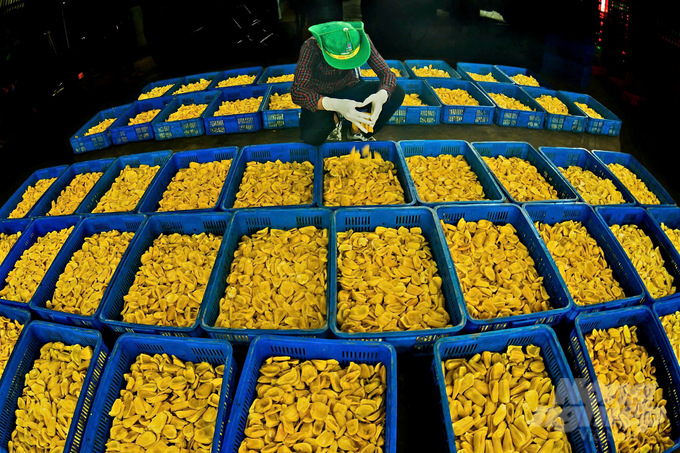
Agriculture in the organic direction associated with the processing industry and product consumption market has grown rapidly in Dong Nai in recent years. Photo: Hoang Long.
According to Dong Nai Department of Agriculture and Rural Development, models of agroproduction applied high technology and agriculture in the organic direction associated with product processing and consumption are considered effective development directions, which are being replicated by Long Khanh city as well as many localities in the province.
After 3 years of implementing Plan No. 110 of the Provincial Party Executive Committee, 4/11 targets were achieved while exceeding the set goals. Dong Nai's agricultural, forestry, and fishery production value in the 2021 - 2023 period achieved an average growth rate of 3.83%/year, higher than the national average, thus taking the lead among the Southeast provinces.
The export of fresh fruits achieves impressive milestones. Durian and fresh bananas exported to the Chinese market reached a record high with an export value of VND 4,800 billion (2023). The consumption market has gradually expanded.
The value of harvested agricultural and aquatic products per 1 ha reaches approximately VND 160 million/ha/year (1.3 times higher compared to 2020). The growth rate of the food processing industry of Dong Nai always maintains over 5%/year. The application of scientific and technical advances in production has contributed to improving the efficiency of agricultural land use, increasing income for farmers.
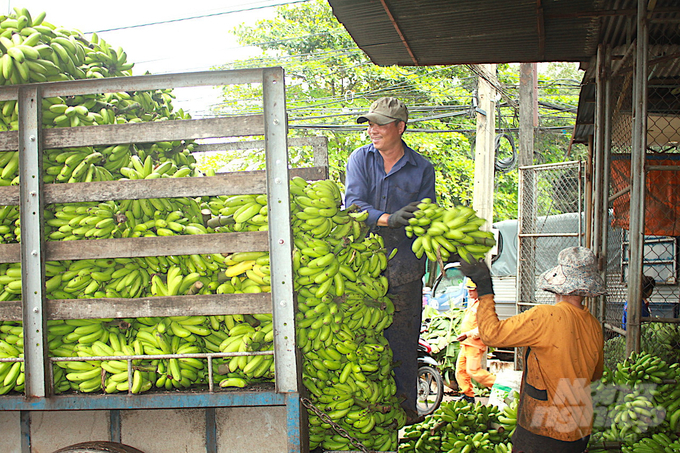
Dong Nai has formed 8 high-tech agroproduction areas, totaling 419 agricultural models, exceeding the province’s target until 2025. Photo: Minh Sang.
Dong Nai currently has more than 885 ha of agricultural production area in the organic direction (nearly 0.5% of the total production area). Up to now, the province has formed 15 organic agroproduction areas with a scale of 1,555 ha, 5 times higher than the goal toward 2025. In particular, 9 models achieve organic certification with a total area of nearly 28 ha.
“In the near future, the province’s agricultural sector will focus resources on implementing the plan of agricultural and rural development along with irrigation infrastructure. Dong Nai calls for investment in the storage system, preliminary processing, and packaging, and works associated with production areas, especially those with high economic value and competitive advantages to target export markets,” said Tran Lam Sinh, Deputy Director of Dong Nai Department of Agriculture and Rural Development.
Speaking at the meeting, Permanent Deputy Secretary of Dong Nai Provincial Party Committee Ho Thanh Son states that the development of high-tech agriculture, agriculture in the organic direction associated with the processing industry and consumption market is one of four breakthroughs the Provincial Party Congress for the 2020 - 2025 term has its focus on.
During the implementation process, there are certain limitations. Agricultural cooperatives operating effectively remain at a low percentage. Limited access to preferential policies on land, finance and credit of enterprises as well as people has not created motivation for development. Infrastructure for preliminary processing, processing, preserving and packaging for agro-products is invested in uniformity, not catching up with development demands.
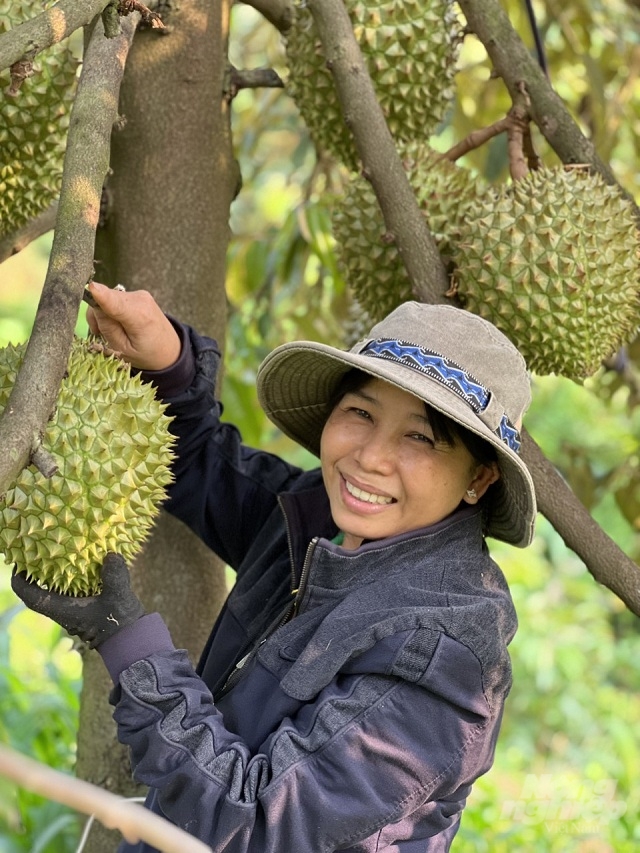
Dong Nai province has formed 15 production areas following the organic agriculture approach. Photo: Minh Sang.
The Permanent Deputy Secretary of Dong Nai Provincial Party Committee therefore suggests that the appropriate approach is to continue promoting the application of organic agriculture, ecological agriculture, circulating agriculture and high-tech agriculture while replicating safe agricultural models. The inspection and supervision of agro-products should be further strengthened, products that do not ensure food safety should be filtered. This will protect consumers and create opportunities for traceable safe products and organic products to reach consumers more easily.
The province needs to review and evaluate the implementation results, propose adjustments of content in accordance with current practices, focus on training state management officials on professional skills and prioritize the arrangement of the payroll criteria from the provincial to commune levels.
After 3 years of implementing Plan No. 110 of the Provincial Party Executive Committee, high-tech agriculture is widely applied. Agriculture in the organic direction and good agricultural practices are increasingly developed. The ratio of key agro-products from high-tech agricultural models reaches nearly 46.3%, the value is estimated at over VND 34.7 trillion, reaching nearly 92.6% of the target until 2025, much higher in consideration of the set out plan. The agricultural processing industry continues to improve and has many positive changes, creating jobs for workers, and promoting rural economic development.
Translated by Samuel Pham
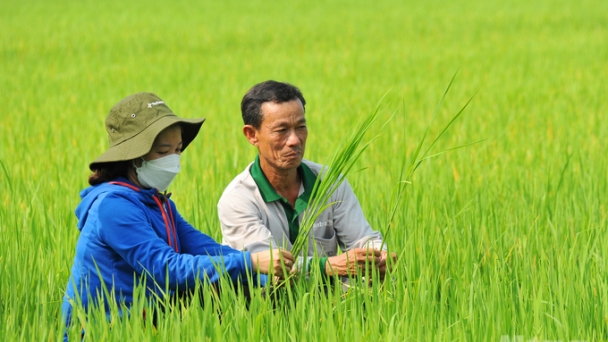
(VAN) Green innovations can enhance farmers' and cooperatives' competitiveness, improve production processes, and optimize supply chains.
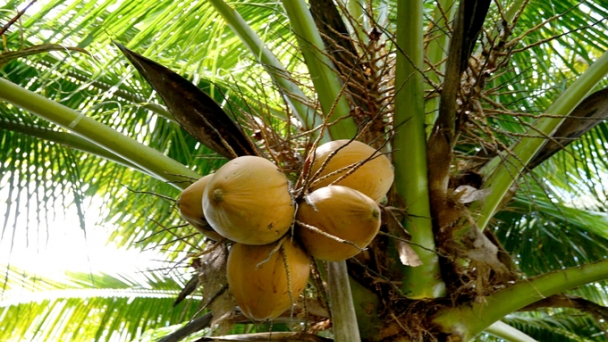
(VAN) Vietnam's fresh coconut exports have experienced substantial growth in the past eight years; however, they are currently unsustainable due to a lack of key raw material areas and inconsistent fruit quality.
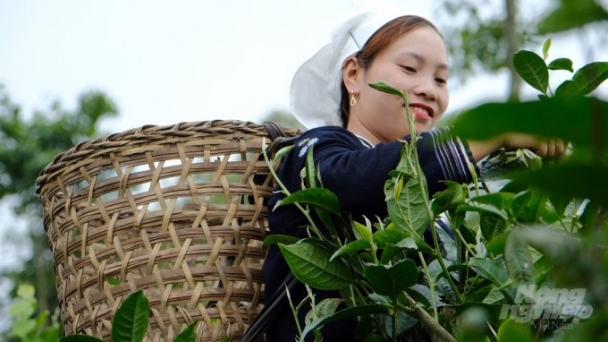
(VAN) Deputy Minister of Agriculture and Rural Development Hoang Trung shared his enthusiasm with Vietnam Agriculture Newspaper about his concerns for enhancing the value of the tea industry.
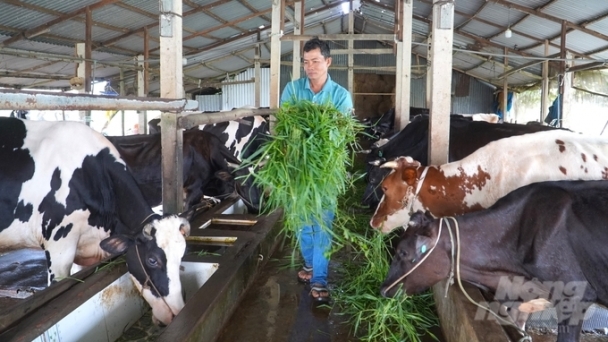
(VAN) To achieve emissions reduction targets by 2030, global investment in agriculture must reach $260 billion per year – 18 times the current investment level.
/2024/09/10/0753-1-154847_826.jpg)
(VAN) With rapid development, the tourism industry is also facing major environmental and social challenges.
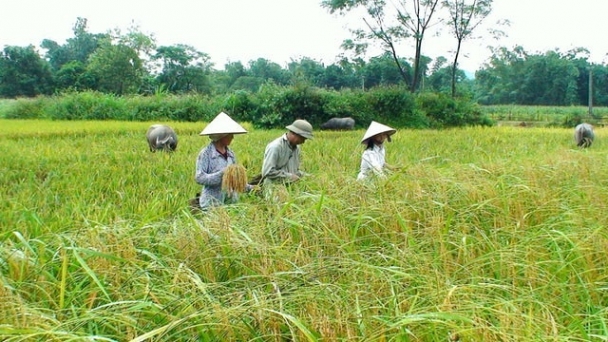
(VAN) During a panel of Regional Dialogue ‘Realizing the vision of low-emission rice across landscapes’ on September 9, representatives from four hardcore private sectors discussed solutions on value chain perspectives and sustainable rice.
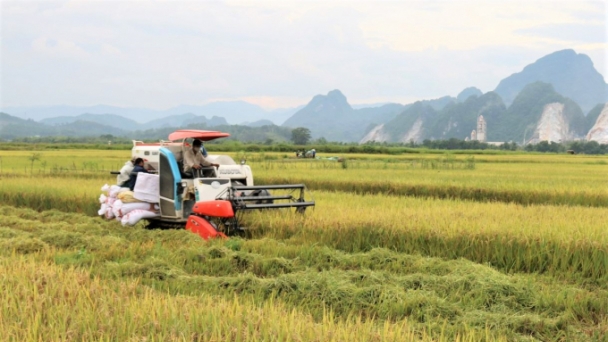
(VAN) Middle-income countries are the primary drivers of agri-food emissions, responsible for nearly two-thirds of the total. However, they also hold three-quarters of the global cost-effective mitigation opportunities, shared Alexander Lotsch (World Bank).